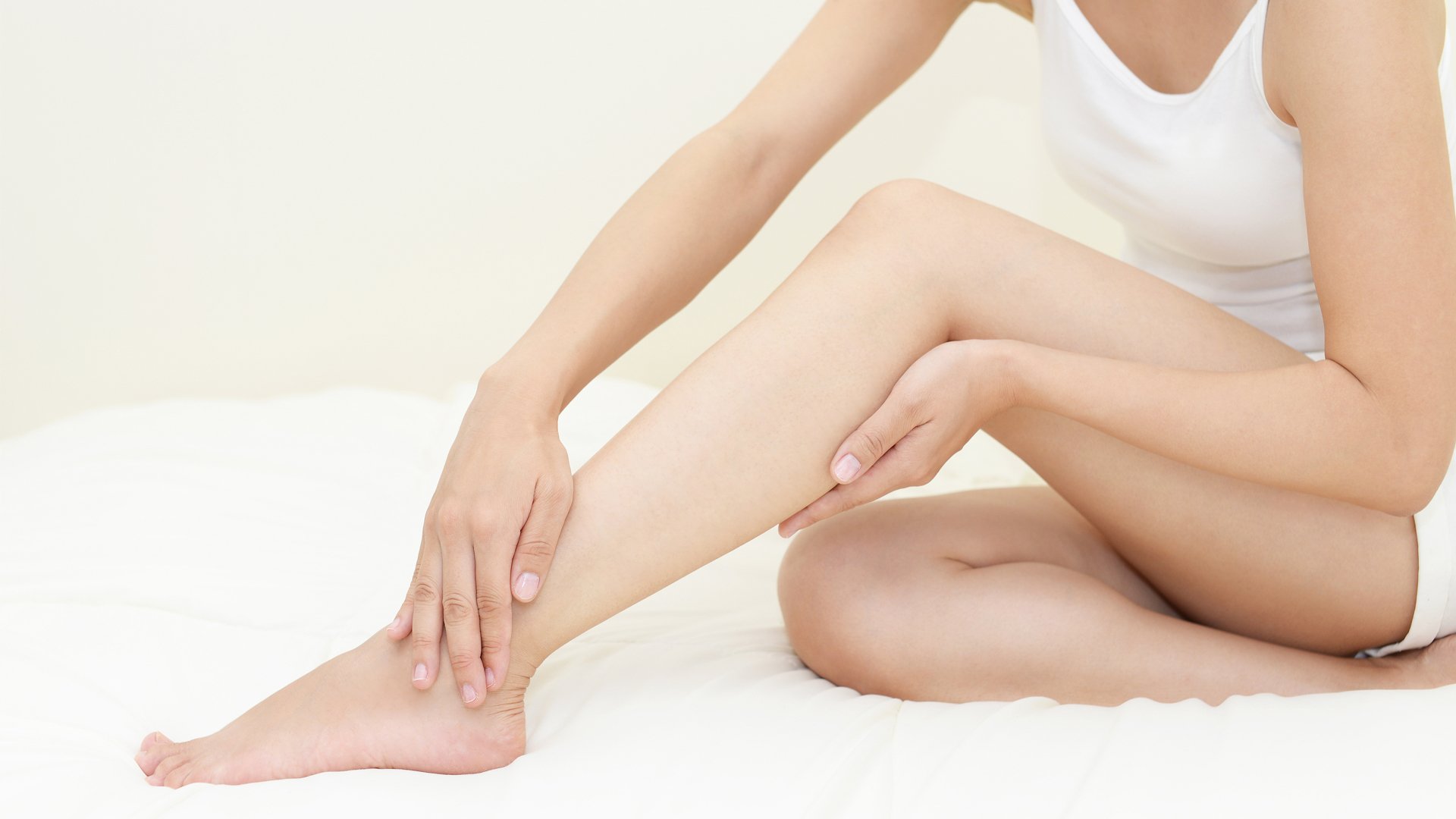In a world where comfort often hinges on climate control, a humble innovation quietly revolutionizes how we combat the cold: warming patches (heat packs). Far more than just a seasonal convenience, these portable heat sources play a surprisingly vital role in health, safety, productivity, and well-being. Here’s why they deserve recognition:
1. Targeted Relief for Chronic Discomfort
For millions suffering from conditions like Raynaud’s syndrome, arthritis, or muscle stiffness, cold isn’t just uncomfortable—it’s painful. Warming patches deliver consistent, localized heat:
Soothes aches by increasing blood flow to stiff joints and muscles.
Prevents Raynaud’s attacks by maintaining digit temperature, reducing painful vasospasms.
Non-invasive therapy without pills or devices.
2. Critical Safety in Extreme Environments
Frostbite and hypothermia are real risks for outdoor workers, athletes, and adventurers. Warming patches act as emergency safeguards:
Life-saving backup for hikers, skiers, or stranded motorists.
Protect vulnerable areas (fingers, toes, core) when insulation fails.
Compact and lightweight—essential for survival kits.
3. Boosting Performance & Productivity
Cold hands and feet impair dexterity and focus. Heat packs restore functionality:
Workers (construction, logistics) maintain grip and precision in cold warehouses or outdoor sites.
Musicians and artists keep fingers supple.
Office employees combat air-conditioning chill that causes stiffness.
4. Accessible, Low-Energy Warmth
In a world conscious of energy costs and sustainability, warming patches offer an efficient alternative:
No electricity required—ideal during power outages or travel.
Reduce heating bills by personalizing warmth instead of overheating entire spaces.
Eco-friendly options include reusable gel packs and biodegradable disposables.
5. Psychological Comfort & Mental Wellness
Physical warmth deeply impacts mental state:
Reduce cold-induced stress by creating a sense of security.
Improve sleep quality when placed near feet or core.
Combat seasonal affective disorder (SAD) by easing physical discomfort linked to winter blues.
6. Versatility Beyond Expectations
Their use cases are endlessly adaptable:
Outdoor events: Spectators at winter games, festival-goers.
Medical recovery: Post-injury muscle relaxation.
Travel: Long flights, unheated buses, or camping.
Daily life: Students in drafty classrooms, elderly at home.
Safety First: Using Warming Patches Wisely
While indispensable, they require mindful use:
⚠️ Avoid direct skin contact to prevent burns (use over clothing).
⚠️ Limit duration (typically 8-12 hours).
⚠️ Check for allergies to adhesives or ingredients (e.g., iron in air-activated packs).
⚠️ Never use while sleeping unless designed for overnight use.
A Fascinating Fact:
The chemistry behind disposable warmers is ingenious! Iron powder + salt + activated carbon + vermiculite create an exothermic reaction when exposed to air. Single-use packs harness rusting (oxidation)—turning corrosion into cozy warmth!
Conclusion: Small Patch, Significant Impact
Warming patches are unassuming heroes bridging gaps in health, safety, and comfort where traditional heating falls short. They democratize warmth—portable, affordable, and instantly available. Whether managing a chronic condition, braving the elements, or simply seeking daily coziness, their importance lies in empowering us to reclaim comfort, one patch at a time. Next time you tuck one into your glove or sock, remember: you’re harnessing a pocket-sized revolution against the cold.



